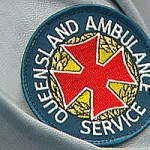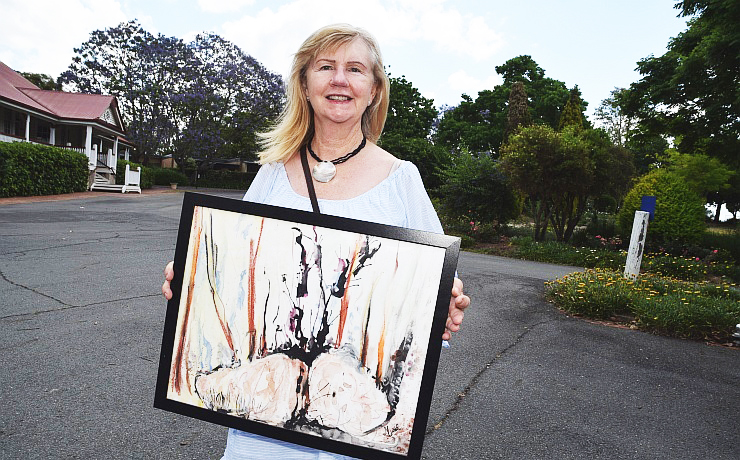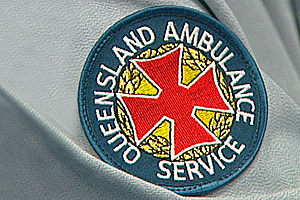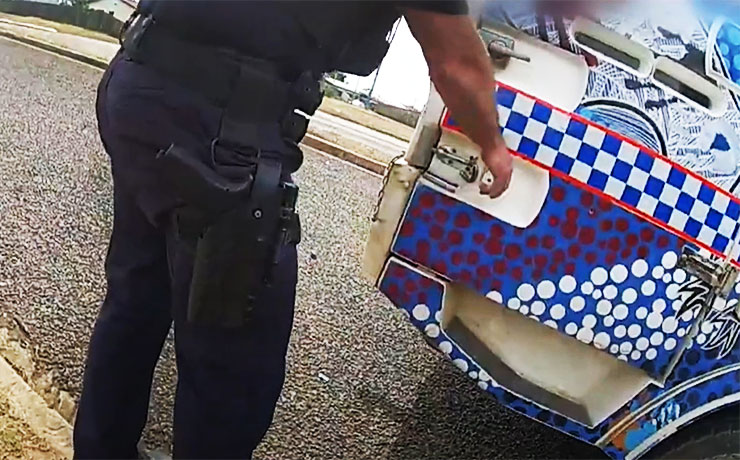August 20, 2012
Queensland producers have been urged to check the disease status of bulls from interstate, with the bull-buying season about to get underway
Minister for Agriculture, Fisheries and Forestry John McVeigh said Bovine Johne’s disease (BJD) was of particular concern and full checks were the best insurance.
“Unfortunately, cattle from the southern states, especially if they have any connection with dairy cattle, carry a higher risk of BJD,” Mr McVeigh said.
“It’s a difficult disease to detect and there is no cure. The only way to clear up herds is to destroy infected stock and keeping testing.
“There have been a number of recent investigations into the possible spread of BJD into southern Queensland, again underlining the need for vigilance.”
Mr McVeigh said Queensland producers buying bulls and females from NSW and Victoria, as well as southern-bred stock at multi-vendor sales in Queensland, should seek the highest level assurance and declared cattle health statements.
“Queensland producers must protect their herds and the Queensland industry from the disease by ensuring stock from interstate farms, including NSW, Victoria and South Australia, meet the minimum entry requirements,” he said.
“CattleMAP certification at MN2 and MN3 gives progressively higher levels of assurance against BJD risk in interstate herds.
“Overall, Queensland herds remain very safe sources of healthy cattle, particularly in relation to Bovine Johne’s disease.”
Mr McVeigh said producers unsure of the risks with interstate cattle should check with their local vets and or DAFF regional vets and stock officers.
* * *
Bovine Johne’s disease (BJD) is a serious wasting disease of cattle which can lead to loss of production and death.
The disease affects animals by causing thickening of the intestinal wall resulting in a reduction in the normal absorption of food. The disease is caused by a bacterium (Mycobacterium paratuberculosis) that lives mainly in animal intestines but can also survive in the outside environment for several months.
The disease is seen more often in dairy herds than beef herds. Cattle acquire infection at an early age through eating contaminated pasture or drinking contaminated milk or water. The signs of disease develop slowly and BJD is rarely seen in young animals.






















